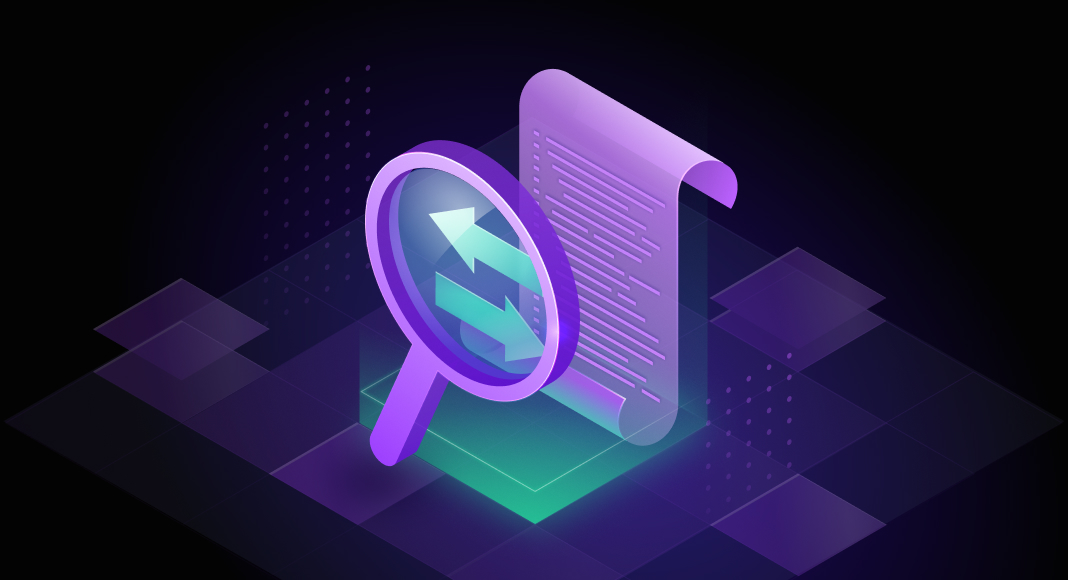TABLE OF CONTENTS
Have questions or want a demo?
The software as a service (SaaS) market is fiercely competitive, with approximately 31,000 companies vying for dominance. One emerging methodology gaining traction is financial operations, or FinOps. At its core, FinOps unites finance, engineering and product teams to optimize cloud costs and enhance financial decision-making. Here are five key ways that SaaS companies can effectively integrate FinOps into their platforms to drive success and growth.
1. Developing Comprehensive FinOps Features
To successfully adopt FinOps into their platforms, SaaS companies must develop robust features that address diverse financial needs. Key elements to consider include:
Real-Time Cost Monitoring
A primary benefit of FinOps is the ability to monitor costs in real time. SaaS platforms should incorporate dashboards and analytics tools that offer immediate insights into cloud expenditures. This transparency enables teams to make data-driven decisions quickly, optimizing costs and preventing budget overruns.
Automated Cost Allocation
Manual cost allocation can be time-consuming and error-prone. Automating this process ensures that expenses are accurately assigned to the appropriate departments, projects or customers. This precision enhances financial reporting and helps identify cost-saving opportunities. SaaS companies, inherently cloud-based, should ensure their tagging capabilities support multiple clouds as customers increasingly adopt hybrid solutions.
Predictive Analytics
Leveraging predictive analytics can significantly enhance a company’s ability to forecast future expenses. By analyzing historical data and market trends, predictive models, particularly when utilizing AI, can provide accurate financial projections, enabling better budgeting and resource allocation.
2. Fostering Cross-Functional Collaboration
FinOps thrives on collaboration between finance, engineering and product teams. SaaS companies should create an environment that encourages cross-functional teamwork through strategies. This can be achieved by integrating communication platforms like Slack or Microsoft Teams into their FinOps tools. These platforms streamline interactions between different departments and make it easier to coordinate efforts and share insights.
3. Incorporating A TCO Consciousness
While companies may purchase a SaaS solution based strictly on its attributes, it’s advisable to help them understand the value they’re receiving. A Total Cost of Ownership (TCO) tool can identify potential savings vs. on-premises solutions, in cloud infrastructure, administrator costs or even other SaaS package eliminations. Additionally, showcasing potential business enhancements—such as improved user productivity, enhanced data resiliency, boosted security, facilitated compliance and revenue increases—can further demonstrate value.
4. Addressing Risk
SaaS companies should strive to reduce their customers’ risk of purchasing their solutions both in terms of finance and security.
Financial Risk
SaaS companies can help mitigate financial risk by incorporating real-time FinOps dashboards. This facilitates decision-making on aspects such as time commitment for the SaaS solution and the related cloud infrastructure, departmental or business unit usage, cost breakdowns of different components and predicted future costs based on current trends.
Security Risk
According to IBM, the global average cost of a data breach in 2023 was $4.45 million, a 15% increase over the past three years. Ensuring data security and compliance is paramount. SaaS companies should prioritize security measures such as encryption, access controls and regular audits to protect financial data. Compliance with regulations like GDPR, HIPAA and SOC 2 builds trust with customers and avoids legal complications.
5. Educating And Enabling Customers
Education is a crucial component of FinOps. SaaS companies should invest in educating their customers about the benefits of FinOps and how to use the tools effectively. This can be achieved through:
Training Programs
Offering webinars, workshops and tutorials that teach customers how to leverage FinOps features can be highly beneficial. These training sessions can cover topics such as cost monitoring, automated allocation and predictive analytics, providing customers with the knowledge they need to maximize the value of FinOps-enabled software.
Customer Support
Providing dedicated customer support to assist with FinOps-related queries and challenges is essential. Offering personalized assistance can help customers navigate the complexities of FinOps and ensure they are getting the most out of the platform.
Final Thoughts
There is a potential downside of FinOps to note, though: the tendency to focus on small incremental improvements of existing architectures, potentially missing opportunities for order-of-magnitude innovations. For example, the separation of compute from cloud storage by cloud-based data company, Snowflake, revolutionized data warehousing economics.
By incorporating FinOps into their platforms, SaaS companies can break through the myopia and grab the attention of FinOps experts. These experts can build the financial case for trying and ultimately incorporating the new technologies.
Developing comprehensive FinOps features, fostering cross-functional collaboration, educating customers and prioritizing security and compliance can help SaaS providers stand out in the crowded marketplace. As the demand for cloud services grows, the integration of FinOps will be a key differentiator that drives success and growth for SaaS companies.
FinOps is more than just a set of practices; it is a strategic approach that can transform financial management within SaaS companies. By embracing FinOps, SaaS providers can enhance their competitiveness, deliver greater value to customers, and achieve sustainable growth in the dynamic cloud services market.







